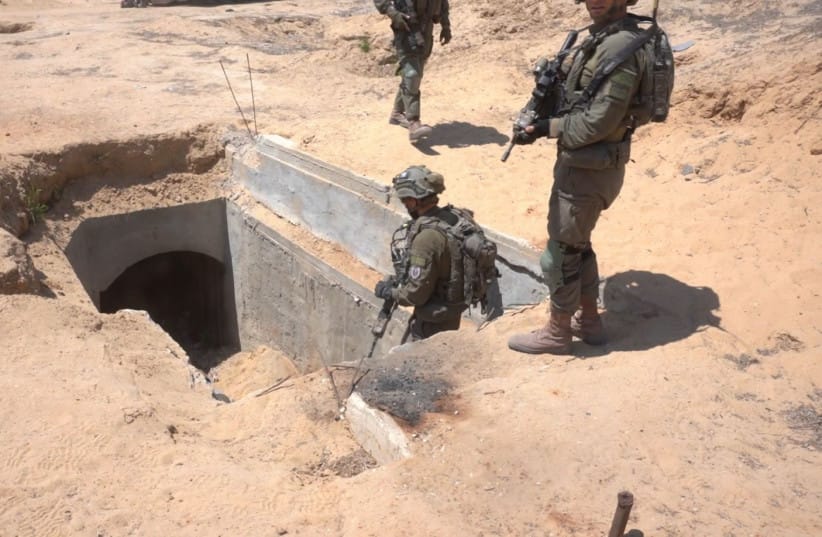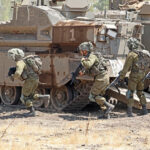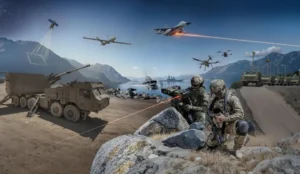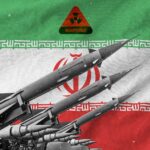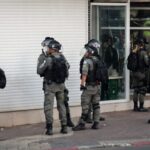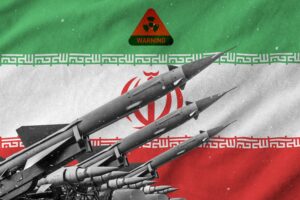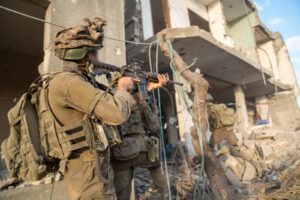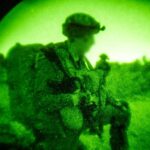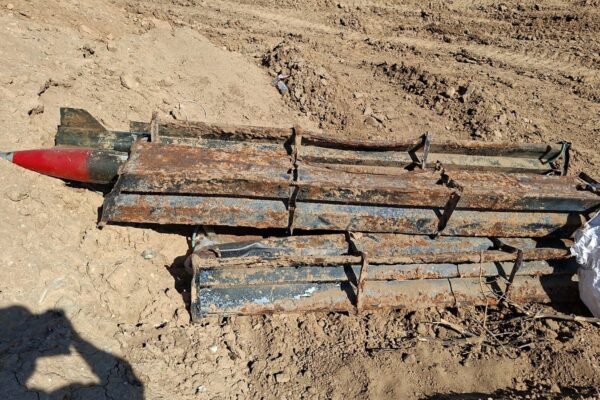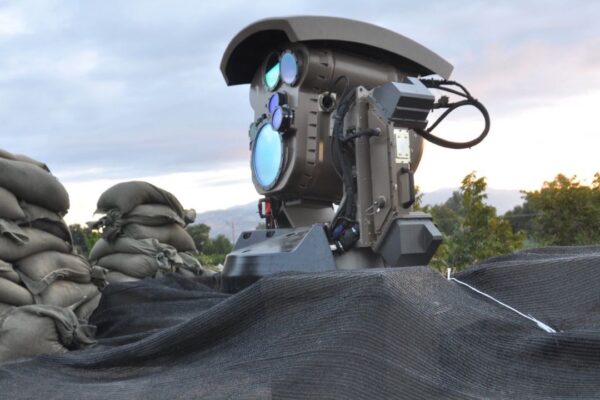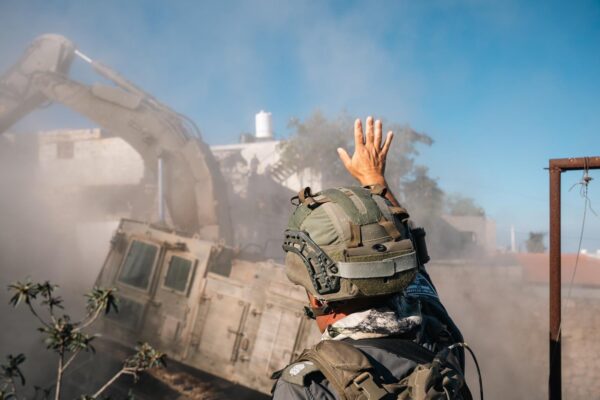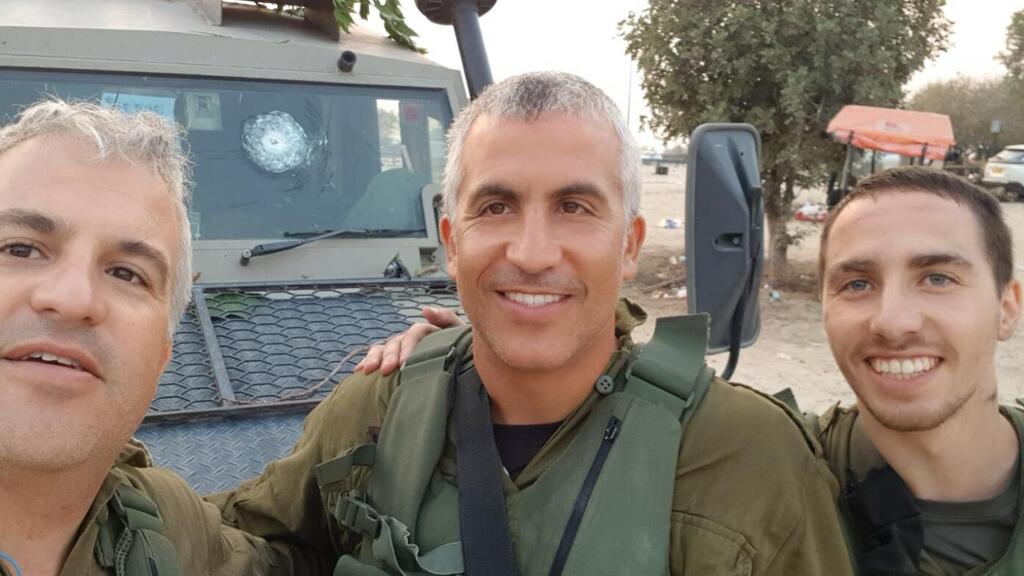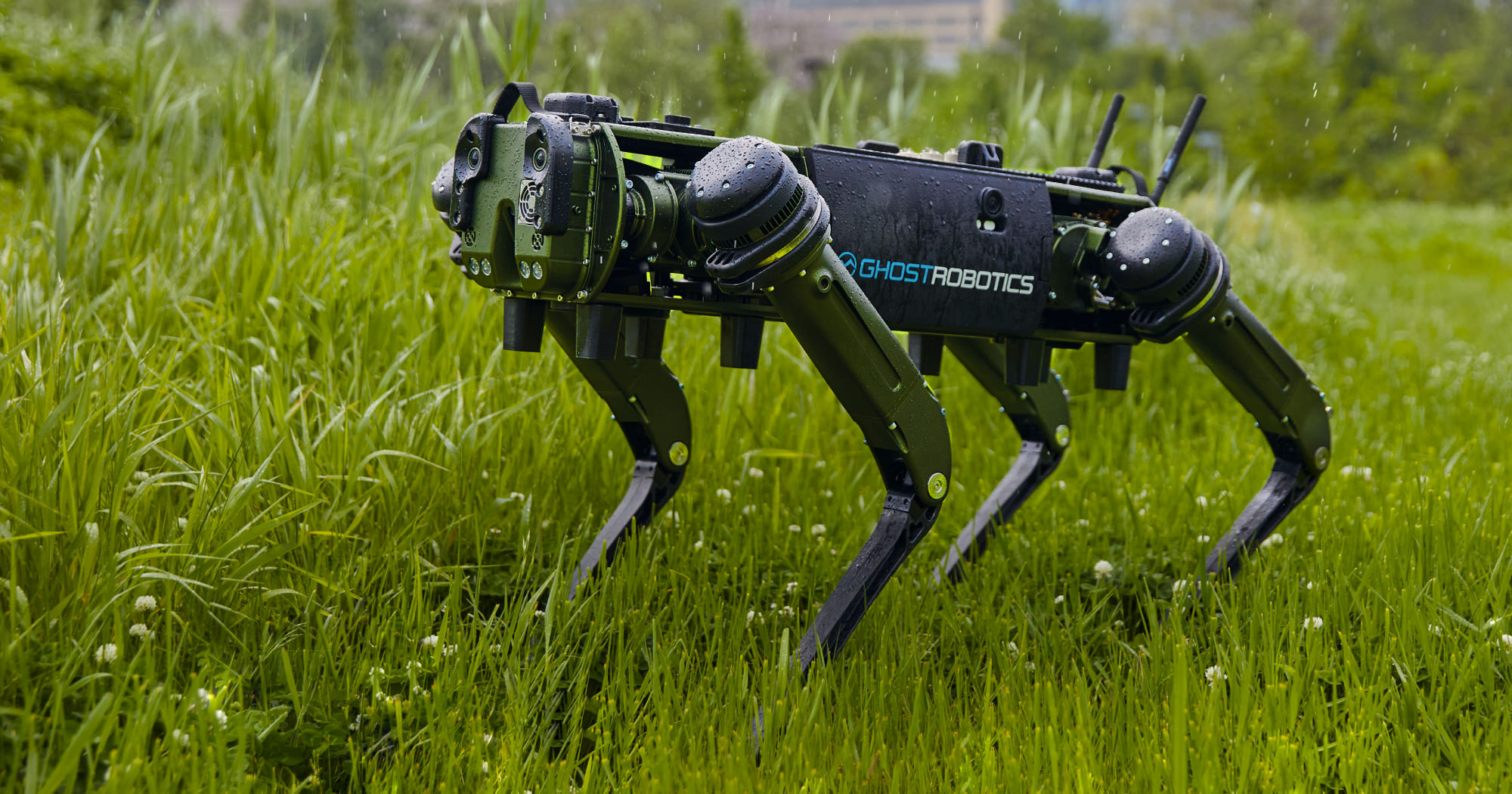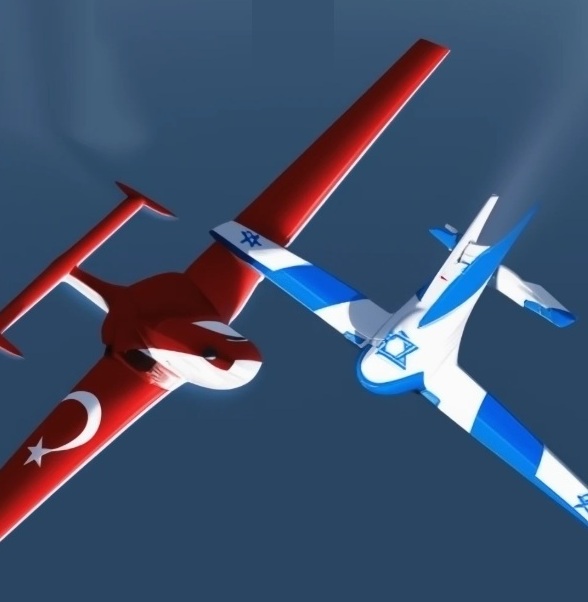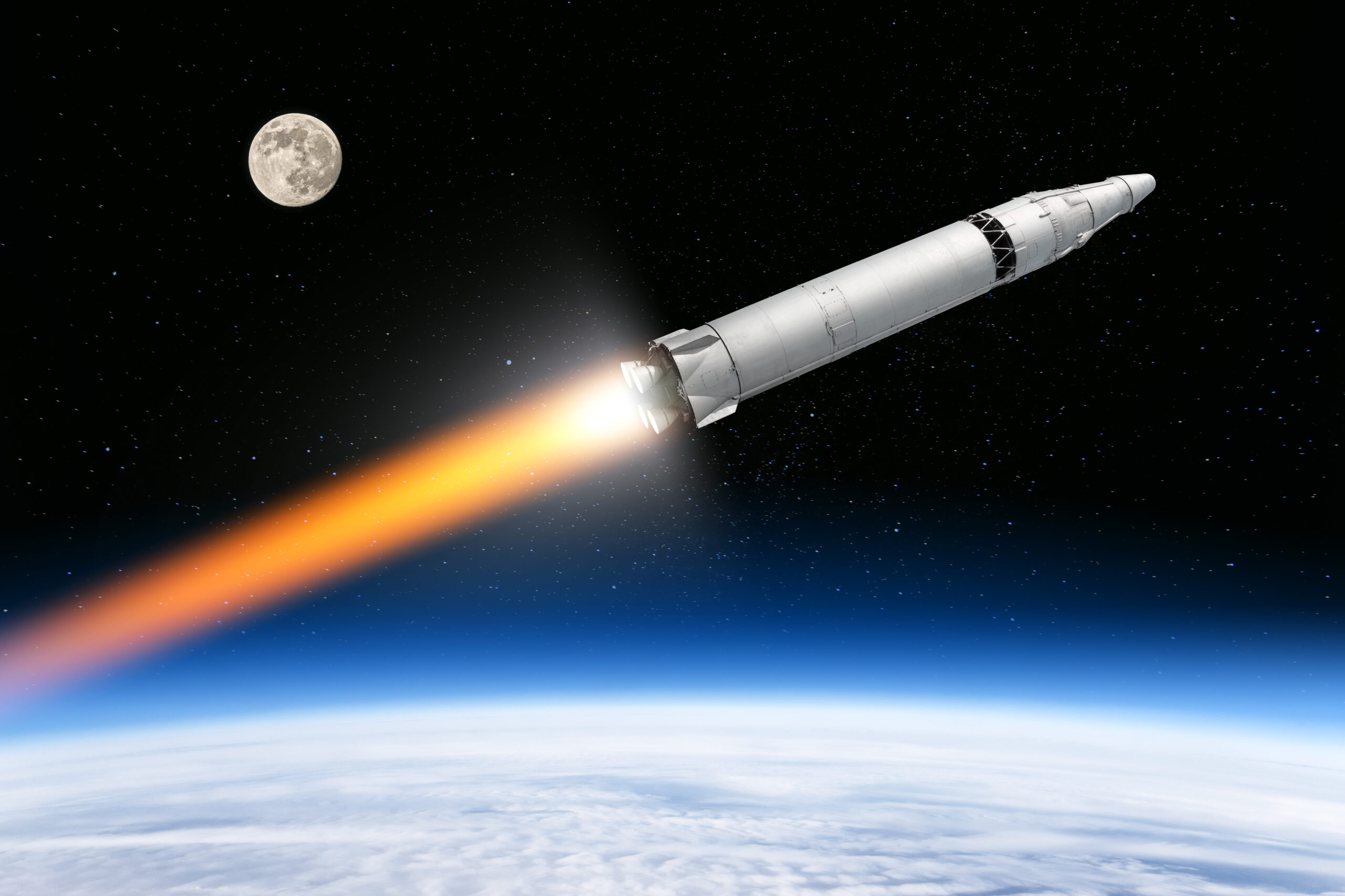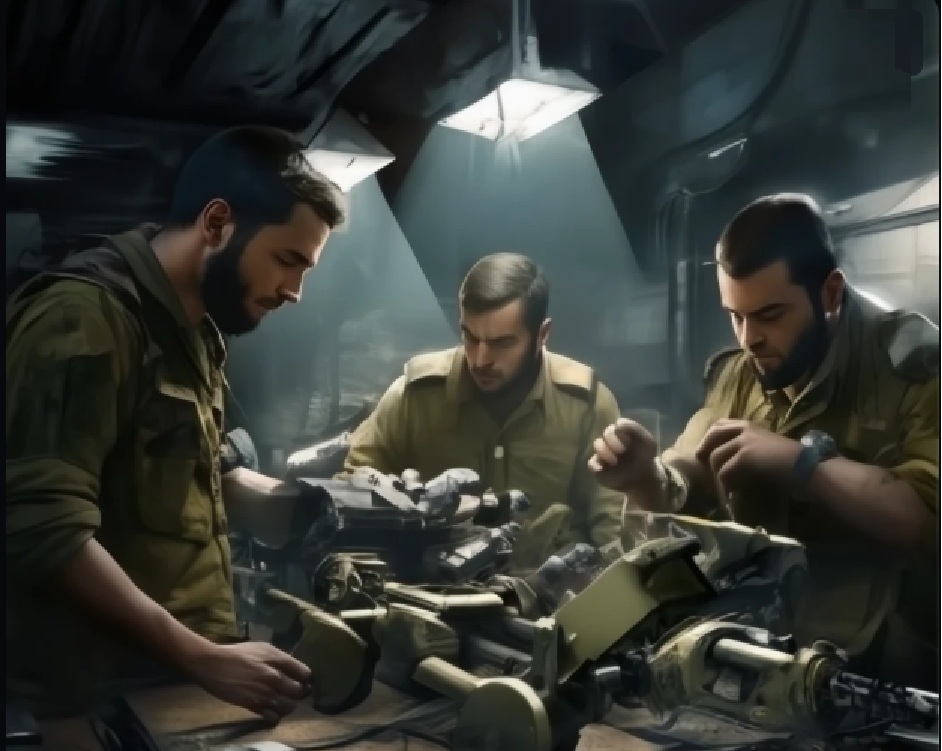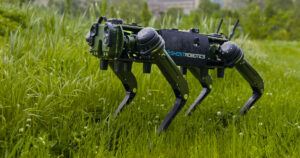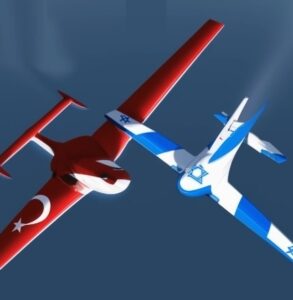The IDF employs a multi-layered detection strategy that integrates various technologies to detect Hamas tunnels.
By Hezy Laing
The IDF estimates that Gaza contains approximately 450 kilometers of underground tunnels, connected by around 5,700 access shafts.
Despite the vast scale of this subterranean network, locating these tunnels remains a significant challenge.
Many entrances are concealed within civilian buildings, making them difficult to detect.
To improve the chances of uncovering tunnel activity, the IDF employs a multi-layered detection strategy that integrates various technologies to compensate for the limitations of relying on a single method.
Seismic and Acoustic Monitoring
Arrays of seismic and acoustic sensors are deployed to pick up vibrations linked to digging, movement of materials, or personnel activity underground.
Analysts work to distinguish between natural seismic occurrences and those caused by human actions.
However, Gaza’s sandy terrain reduces the sensitivity of these sensors, whereas they perform more effectively in rocky environments like Lebanon.
Thermal Detection
The IDF uses thermal imaging systems, both airborne and ground-based, to spot temperature variations that suggest recent excavation or active tunnel use.
These systems are particularly useful for identifying tunnels with ventilation systems or those that have been recently constructed.
Ground-Penetrating Radar (GPR)
GPR technology enables the IDF to scan beneath the surface and detect voids, construction materials, and other anomalies.
This method is non-invasive but requires expert interpretation to distinguish between actual tunnels and natural geological features.
Visual Surveillance
Visual reconnaissance involves studying satellite and aerial imagery for subtle signs of tunnel infrastructure—such as disturbed soil, new buildings, or camouflaged ventilation shafts.
Ground troops also conduct physical inspections, searching for unusual terrain features or hidden entrances, though this is highly dangerous due to the risk of booby traps and enemy fire.
Because of Gaza’s loose soil, tunnels must be reinforced, and the presence of precast concrete panels often signals a nearby entrance.
Human Intelligence (HUMINT)
The IDF gathers intelligence through interrogations of captured operatives and by cultivating informants within Gaza who can provide details about tunnel locations, routes, and usage.
Artificial Intelligence and Machine Learning
AI and ML technologies are increasingly vital in tunnel detection.
These systems can process large volumes of imagery and sensor data, identifying patterns and anomalies that might escape human notice.
They also support predictive modeling, helping to forecast likely tunnel paths based on terrain and historical data.
By integrating inputs from seismic, radar, and thermal sensors, ML algorithms build a comprehensive underground map, which is especially critical given the sheer number of tunnels in Gaza.


